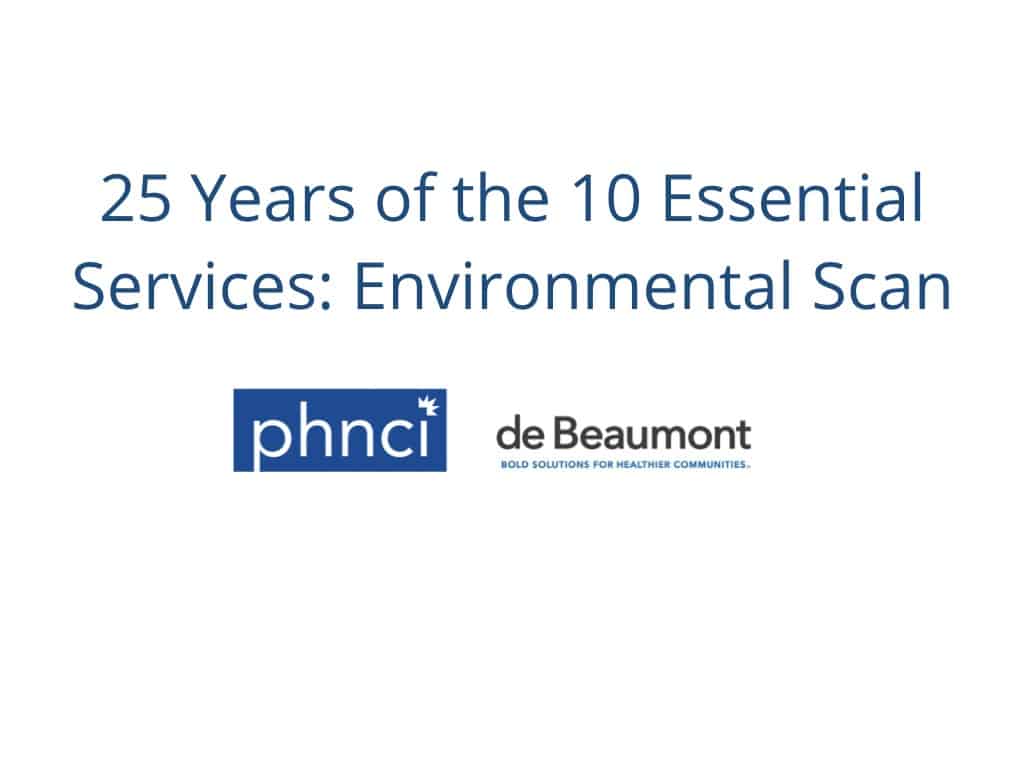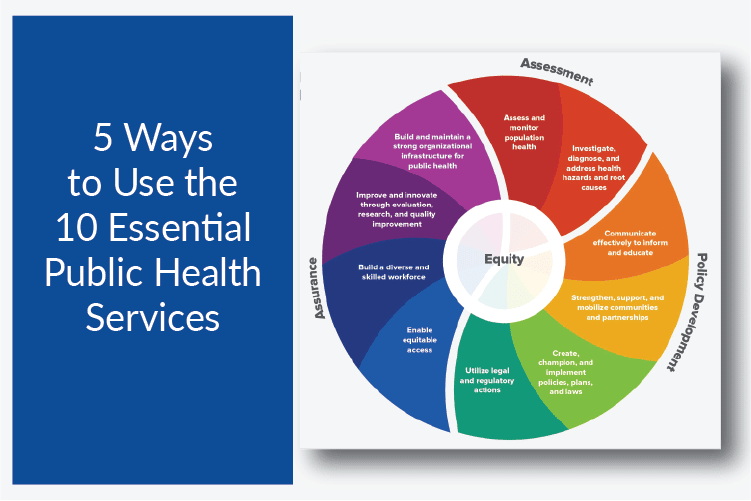Definitions
Community is a group of people who have common characteristics; communities can be defined by location, race, ethnicity, age, occupation, interest in particular problems or outcomes, or other similar common bonds. Ideally, there would be available assets and resources, as well as collective discussion, decision-making and action. (Turnock, BJ. Public Health: What It Is and How It Works. Jones and Bartlett, 2009)
Comunidad es un grupo de personas que tienen características comunes; las comunidades pueden definirse por ubicación, raza, etnia, edad, ocupación, interés en problemas o resultados particulares u otros vínculos comunes similares. Idealmente, habría bienes y recursos disponibles, así como debates, toma de decisiones y acciones colectivas. (Turnock, BJ. Public Health: What It Is and How It Works. Jones and Bartlett, 2009)
Equity is defined as a fair and just opportunity for all to achieve good health and well-being. This requires removing obstacles to health such as poverty and discrimination and their consequences, including powerlessness and lack of access to good jobs with fair pay, quality education and housing, safe environments, and healthcare. It also requires attention to health inequities, which are differences in population health status and mortality rates that are systemic, patterned, unjust, and actionable, as opposed to random or caused by those who become ill.
Equidad es el que todas las personas tengan una oportunidad justa para gozar de buena salud y bienestar. Esto requiere eliminar obstaculos a la salud, tales como la pobreza y el discrimen y sus consecuencias, incluidas la impotencia y la falta de acceso a buenos empleos con un salario justo, educación y vivienda de calidad, ambientes seguros y atención médica. Además, requiere atención a las inequidades en salud, las cuales son diferencias en el estado de salud y tasas de mortalidad en una población que siguen un patrón y son sistémicas, injustas y remediables, por lo que no son aleatorias o causadas por aquellos que desarrollan una enfermedad.
Health is a state of complete physical, mental and social well-being and not merely the absence of disease or infirmity. The bibliographic citation for this definition is: Preamble to the Constitution of WHO as adopted by the International Health Conference, New York, 19 June - 22 July 1946; signed on 22 July 1946 by the representatives of 61 States (Official Records of WHO, no. 2, p. 100) and entered into force on 7 April 1948. The definition has not been amended since 1948.
Salud es un estado de completo bienestar físico, mental y social, y no la mera ausencia de enfermedades o dolencias. La cita bibliográfica de esta definición proviene del Preámbulo de la Constitución de la OMS, según lo aprobado por la Conferencia Internacional de la Salud, Nueva York, del 19 de junio al 22 de julio de 1946, firmada el 22 de julio de 1946 por los representantes de 61 Estados (Registros Oficiales de la OMS, n.° 2, p. 100), y que entró en vigencia el 7 de abril de 1948. La definición no se ha enmendado desde 1948.
Healthcare sector is defined as entities that provide clinical services, mental health services, oral health services, provide or pay for services for individuals, or facilitate the provision of services to individuals. Entities in this sector may include hospitals, health systems, health plans, health centers, behavioral health providers, oral health providers, etc.
Sector de atención médica es definido como las entidades que proveen servicios clínicos, servicios de salud mental, servicios de salud oral, proveen o pagan por servicios para individuos, o facilitan la provisión de servicios a individuos. Entidades en este sector pueden incluir hospitales, sistemas de salud, planes de salud, centros de salud, proveedores de salud del comportamiento, proveedores de salud oral, etc.
Law(s) refer to the aggregate of statutes, ordinances, regulations, rules, judicial decisions, and accepted legal principles that the courts of a particular jurisdiction apply in deciding controversies brought before them. The law consists of all legal rights, duties, and obligations that can be enforced by the government (or one of its agencies) and the means and procedures for enforcing them. (Garner, B.A. editor. Black’s Law Dictionary. 8th ed. West Group; 2004)
Ley(es) se refiere al conjunto de estatutos, ordenanzas, reglamentaciones, reglas, decisiones judiciales y principios legales aceptados que los tribunales de una jurisdicción particular aplican al decidir las controversias que se les presentan. La ley consiste en todos los derechos, los deberes y las obligaciones legales que el Gobierno (o uno de sus organismos) puede aplicar y los medios y los procedimientos para aplicarlos. (Garner, B.A., editor. Black’s Law Dictionary. 8.va ed., West Group, 2004)
Population health is the health outcomes of a group of individuals, including the distribution of such outcomes within the group. The field of population health includes health outcomes, patterns of health determinants, and policies and interventions that link these two. Population health approaches are community or policy non-clinical approaches that aim to improve health and wellbeing of a group of individuals. This differs from population health management which refers to improving clinical health outcomes of individuals through improved care coordination and patient engagement supported by appropriate financial and care models. (Adapted from Kindig and Stoddart).
Salud de la población son los resultados de salud de un grupo de individuos, incluida la distribución de tales resultados en el grupo. El campo de la salud de la población incluye resultados de salud, patrones en los determinantes de salud, y políticas e intervenciones que unen a ambos. Los enfoques en salud de la población son enfoques no-clínicos comunitarios o de políticas cuyo fin es mejorar la salud y bienestar de un grupo de individuos. Esto difiere del manejo de salud de la población, el cual intenta mejorar los resultados de salud clínicos de individuos a través de mejoras en la coordinación de cuidado y participación del paciente respaldados por modelos financieros y de cuidado apropiados. (Adaptado de Kindig y Stoddart).
Public health is defined as the science of protecting the safety and improving the health of communities through education, policy making and research for disease and injury prevention. (CDC Foundation).
Salud pública es definida como la ciencia dedicada a proteger la seguridad y mejorar la salud de las comunidades a través de la educación, la formulación de políticas y la investigación para la prevención de enfermedades y lesiones. (Fundación CDC).
Research is a systematic investigation, including research development, testing, and evaluation, designed to develop or contribute to generalized knowledge. (United States Department of Health and Human Services. Healthy People 2020. Washington, DC)
- Community-based Participatory Research (CBPR) is a collaborative approach to research that equitably involves all partners in the research process and recognizes the unique strengths that each brings. CBPR begins with a research topic of importance to the community, has the aim of combining knowledge with action and achieving social change to improve health outcomes and eliminate health disparities. (W. K. Kellogg Foundation, Community Health Scholars Program, 2001 quotes from Minkler M, and Wallerstein N, editors. Community-Based Participatory Research for Health. San Francisco, CA: Jossey-Bass Inc.; 2003)
Investigación es un estudio sistemático, incluidos el desarrollo, comprobación, y evaluación de una investigación, diseñada para desarrollar o contribuir a un conocimiento generalizable. (Departamento de Salud y Servicios Humanos (HHS, por sus siglas en inglés). Healthy People 2020. Washington, DC).
- Investigación Participativa Basada en la Comunidad (CBPR, por sus siglas en inglés), es un enfoque a la investigación colaborativo que involucra equitativamente a todas las partes en el proceso investigativo y reconoce las fortalezas únicas que cada cual trae. CBPR comienza con un tema de investigación de importancia para la comunidad, tiene como objetivo combinar el conocimiento con acción y lograr el cambio social para mejorar los resultados de salud y eliminar disparidades en la salud. (Fundación W. K. Kellogg, Programa Community Health Scholars, citas de 2001 de Minkler M, y Wallerstein N, editores. Community-Based Participatory Research for Health. San Francisco, CA: Jossey-Bass Inc.; 2003).
From spring 2019 to September 2020, the Public Health National Center for Innovations (PHNCI) partnered with the de Beaumont Foundation to review and revise the 10 Essential Public Health Services (EPHS). The 10 EPHS framework was developed in 1994 by a federal working group. It serves as the description of the activities that public health systems should undertake in all communities. Health departments and community partners around the nation organize their work around the Essential Public Health Services framework, schools and programs of public health teach it, and the framework informs descriptions and definitions of practice.
The framework has provided a roadmap of goals for carrying out the mission of public health in communities around the nation. However, the public health landscape has shifted dramatically since 1994, and in 2019 many public health leaders agreed it was time to revisit whether and how the framework could better reflect current and future practice and how it can be used to create communities where people can achieve their best possible health. The new version includes the most up-to-date framework. To learn about the process, the task force, and more, click here.
Watch the launch event featuring public health leaders:
Celebrating 25 Years and Launching the Revised 10 Essential Public Health Services






